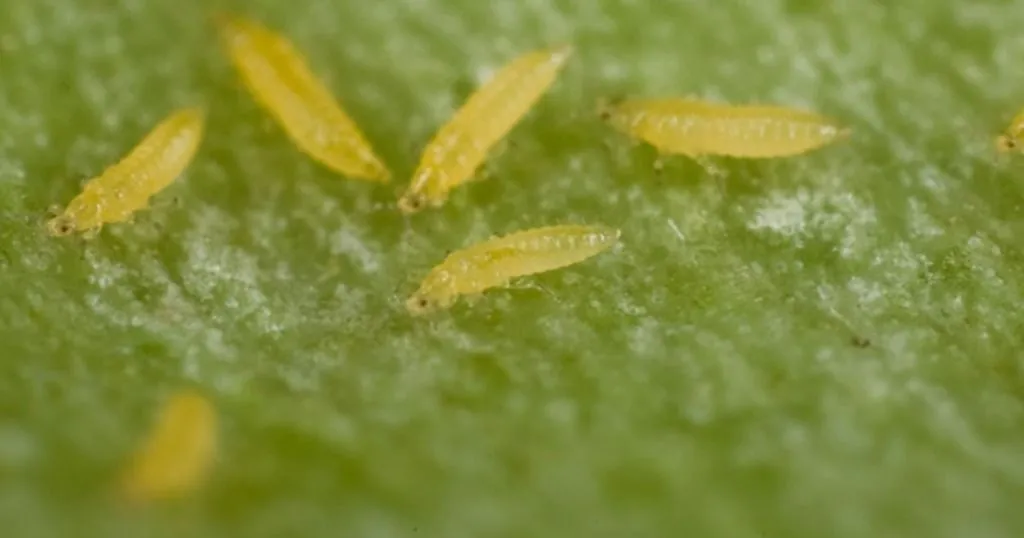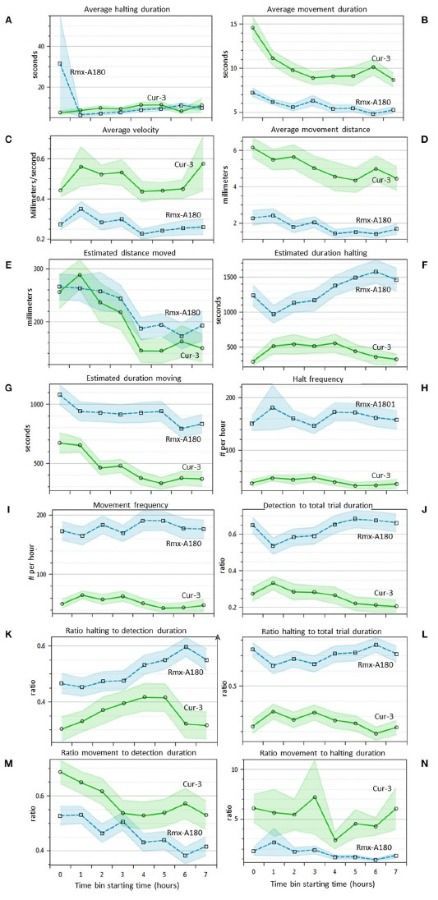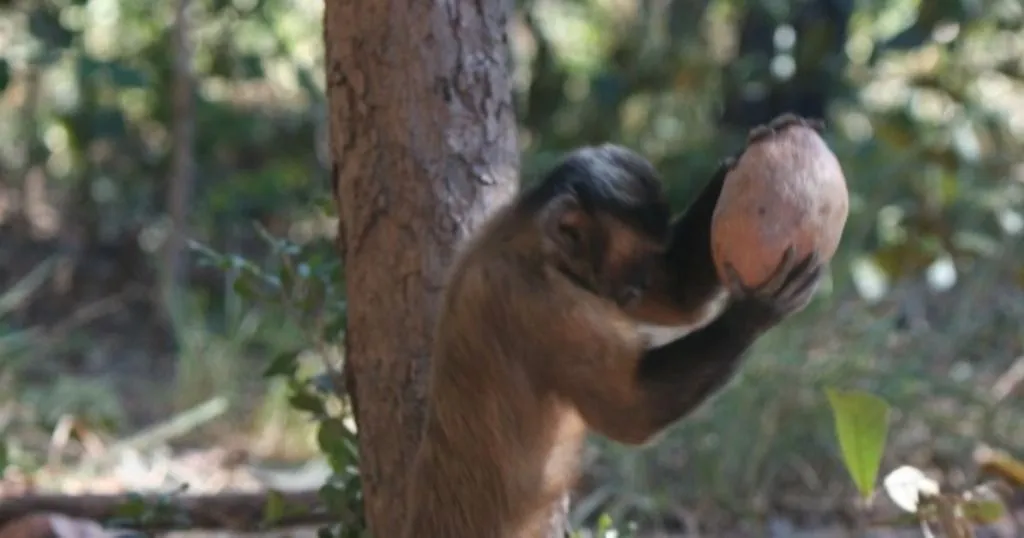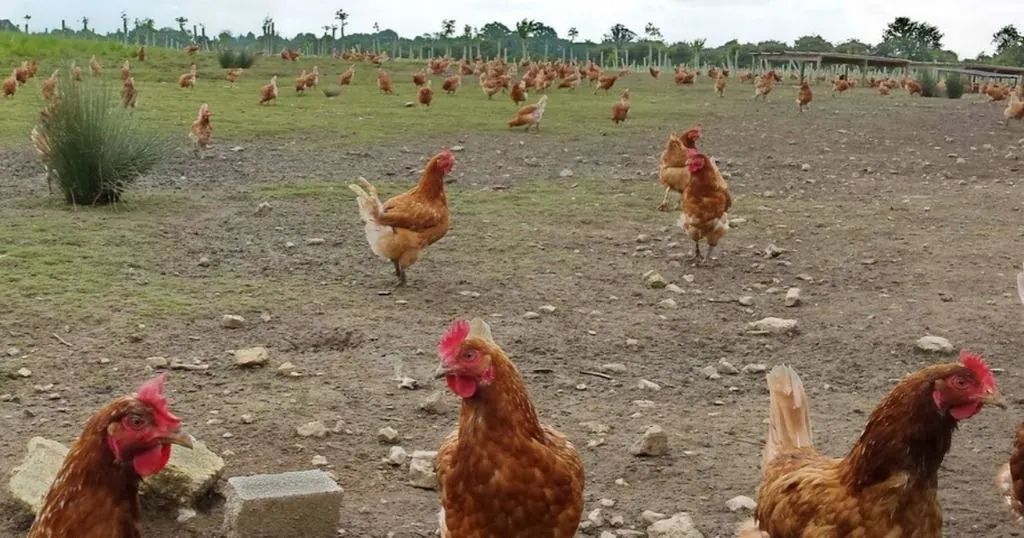Identification of thrips resistance in Arabidopsis
Maarten Jongsma explains how he used EntoLab to facilitate insect choice assays and automate the acquisition and analysis of movement tracks. Two Arabidopsis accessions were tested for resistance to western flower thrips.
Posted by
Published on
Sun 20 Sep. 2020
Topics
| Insects |

Host-plant resistance to insects like thrips and aphids is a complex trait that is difficult to phenotype quickly and reliably. Jongsma et al. (2019), building on the work of Thoen et al. (2016), have designed a novel hardware and software system, named EntoLab, to facilitate insect choice assays and automate the acquisition and analysis of movement tracks. Since the original prototype, assay plates have evolved into designs that hold 20x60mm leaf segments and as many as 126 two-choice (T-maze) arenas. Thanks to an ingenious release mechanism, all insects are simultaneously released from their individual cage below each T-maze with choice of two leaf disks under a video camera. Insect movement tracks are acquired with computer vision software (EthoVision XT) and analyzed with EthoAnalysis, which allows for automated reporting of highly detailed behavior parameters and statistical analysis.
To validate the benefits of the system, two Arabidopsis accessions that were previously analyzed for differential resistance to western flower thrips were contrasted. Jongsma et al. (2019) describe how settings are optimized for the different filters and statistics. The statistics are reported in terms of frequency, duration, distance and speed of behavior events, both as sum totals and event averages, and both for the total trial period and in time bins of 1 h. Also included are higher level analyses with subcategories like short-medium-long events and slow-medium-fast events. The time bins showed how some behavior elements are more descriptive of differences between the genotypes during the first hours, whereas others are constant or become more relevant at the end of an 8 h recording. The three overarching behavior categories, i.e., choice, movement, and halting, were automatically corrected for the percentage of time thrips were detected and 24 out of 38 statistics of behavior parameters differed by a factor 2–6 between the accessions. The analysis resulted in much larger contrasts in behavior traits than reported previously. Compared to leaf damage assays on whole plants or detached leaves that take a week or more to complete, results were obtained in 8 h, with more detail, fewer individuals and higher significance.

Comparison of different two-choice assays to assess plant resistance to thrips (from Thoen et al., 2016).

Determining the behavior state and zone position of thrips. (A) Histogram of the velocity distribution of one thrips in a selected arena to aid in selecting proper thresholds for the determination of movement and halting events (velocity in mm/s); (B) Zoom of 12 arenas of the T-maze array with the two Arabidopsis accessions; (C) View on the left of the 2D arena shape position trace (red line) and on the right the 1D thrips zone position and velocity traces (black line) and movement state (green band for moving and red for halting) for a selected time interval (ca 18min).

Thrips choice behavior statistics in time (A–N). Overview of 14 different statistics that are automatically indexed per hour by EthoAnalysis. The 95% confidence intervals are indicated by blue and green shading (excluding effects of experimental design). The results are based on 39 arenas.
References
- Jongsma, M.A.; Thoen, M.P.M.; Poleij, L.M.; Wiegers, G.L.; Dicke, M.; Noldus, L.P.J.J.; Kruisselbrink, J.W. (2019). An integrated system for the automated recording and analysis of insect behavior in T-maze arrays. Frontiers in Plant Science, 10:20. http://dx.doi.org/10.3389/fpls.2019.00020
- Thoen, M.P.M. (2016). Host-plant resistance to western flower thrips in Arabidopsis. PhD thesis, Wageningen University, 195 pp. https://edepot.wur.nl/387275
- Thoen, M.P.M.; Kloth, K.J.; Wiegers, G.L.; Krips, O.E.; Noldus, L.P.J.J.; Dicke, M.; Jongsma, M.A. (2016). Automated video tracking of thrips behavior to assess host-plant resistance in multiple parallel two-choice setups. Plant Methods, 12:1. http://dx.doi.org/10.1186/s13007-016-0102-1
Related Posts

Three examples of swimming rats in traumatic brain injury research (TBI)

Observing monkey behavior – cracking the nut
